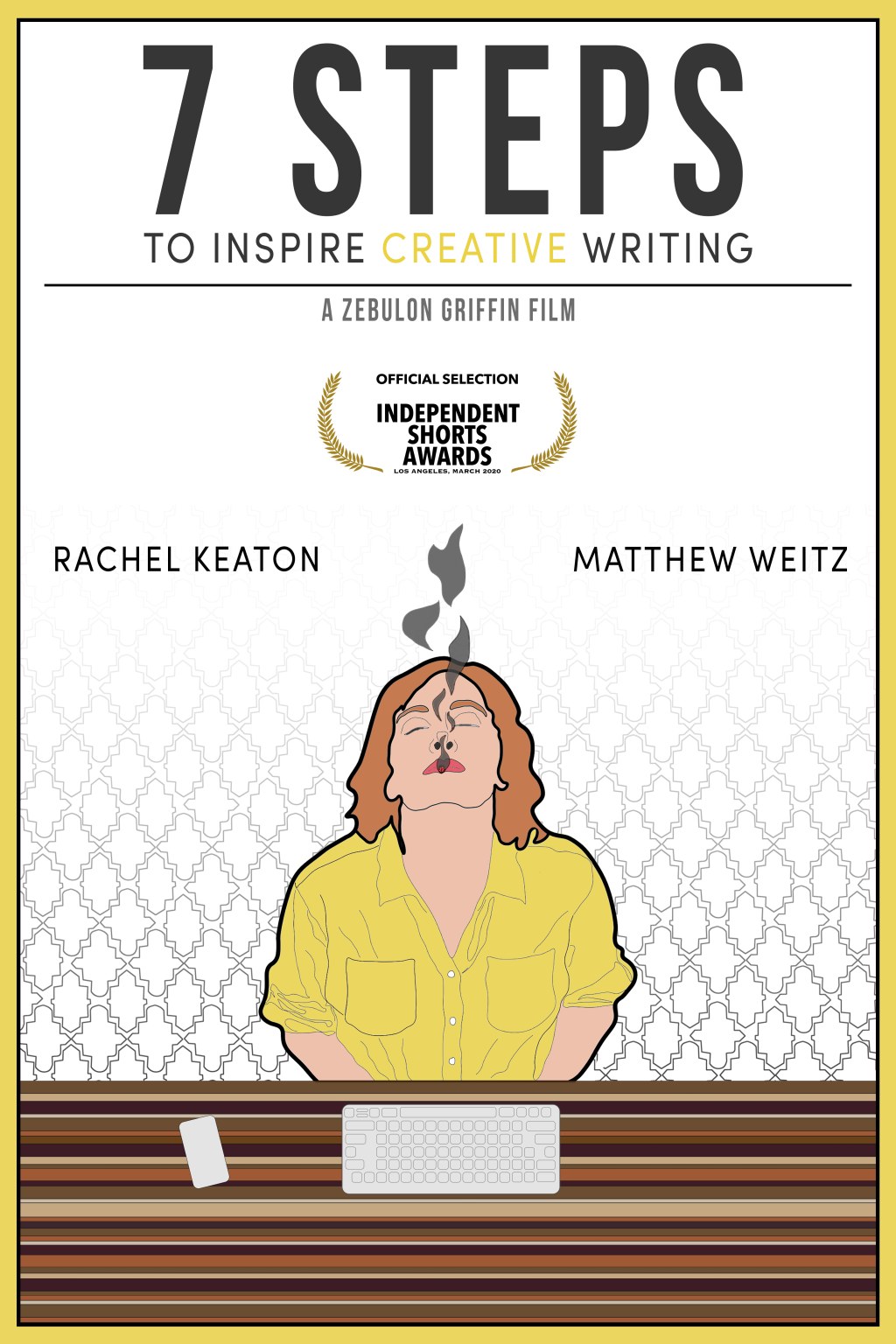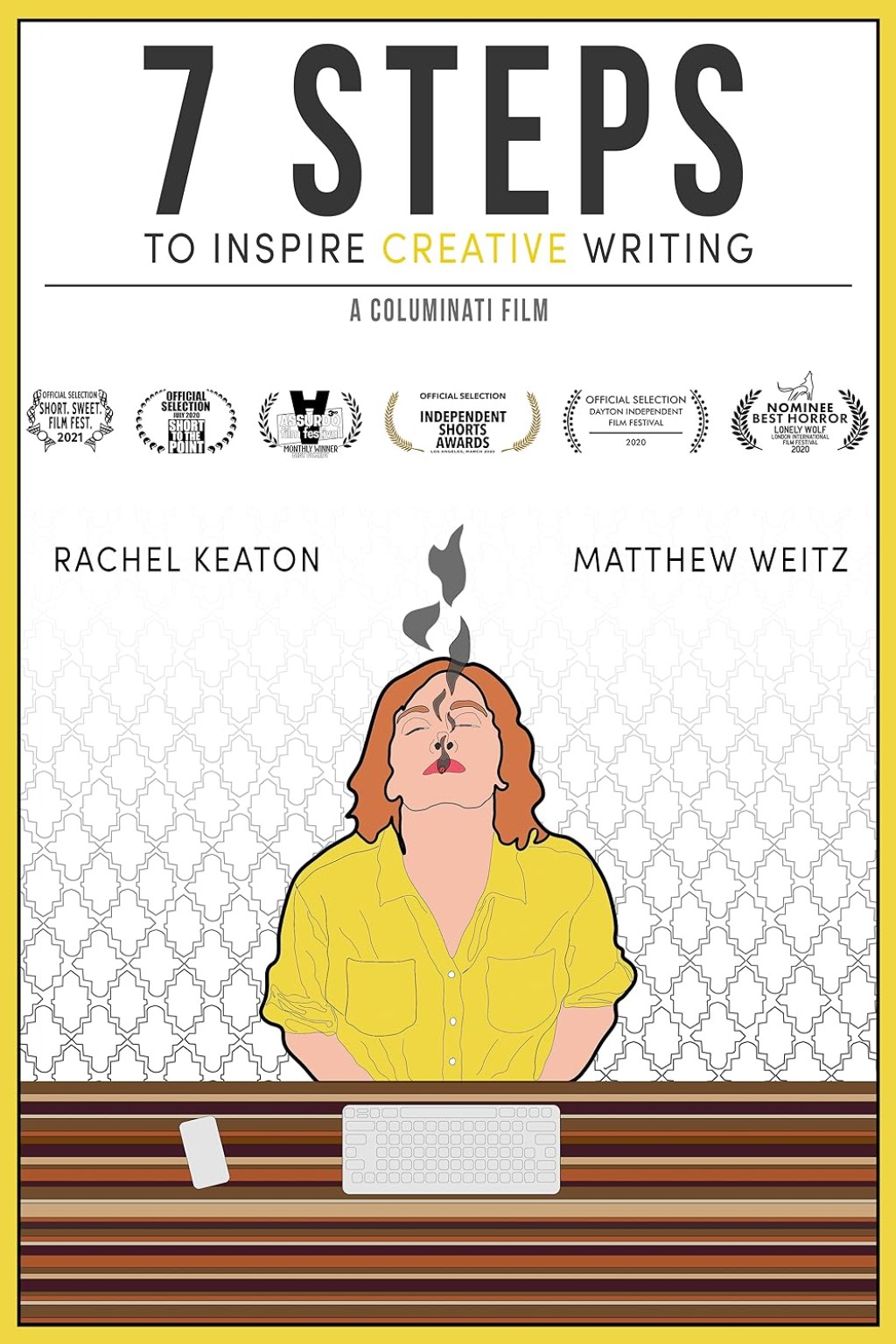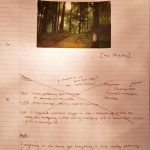Mastering Creative Writing In 7 Simple Steps: Unlock Your Writing Potential Today!
Creative Writing 7 Steps: Unleash Your Inner Wordsmith
Introduction
Dear Readers,
3 Picture Gallery: Mastering Creative Writing In 7 Simple Steps: Unlock Your Writing Potential Today!



Welcome to our guide on the 7 steps to creative writing. Whether you’re an aspiring writer or simply looking to enhance your writing skills, this article will provide you with invaluable insights and practical tips to unlock your inner wordsmith. So, grab your favorite pen and paper, or fire up your laptop, and let’s dive into the enchanting world of creative writing.

Image Source: matrix.edu.au
In this comprehensive guide, we will break down the creative writing process into 7 clear steps. These steps will guide you from brainstorming ideas to the final touches of your masterpiece. But before we delve into the details, let’s take a look at the table summarizing all the steps:
Step
Description
1. Inspiration
Find your muse and gather ideas.
2. Planning
Outline your story and create a roadmap.
3. Character Development
Breathe life into your characters.

Image Source: media-amazon.com
4. Setting
Create vivid and immersive worlds.
5. Writing
Let the words flow and bring your story to life.
6. Editing
Polish your work and make it shine.
7. Publishing
Prepare your work for the world to see.
Step 1: Inspiration

Image Source: media-amazon.com
🌟 Find your inspiration by exploring different sources such as books, movies, and personal experiences. Allow your imagination to wander and jot down any interesting ideas that come to mind. Remember, inspiration can strike at any moment, so always be ready to capture it.
🌟 Once you have a collection of ideas, choose the one that resonates with you the most. Dive deep into the concept and start brainstorming characters, settings, and potential plotlines. Let your creativity flow freely and don’t be afraid to think outside the box.
🌟 Consider creating a vision board or a mood board to visually represent your story’s theme and atmosphere. This visual aid can serve as a constant source of inspiration throughout your writing journey.
🌟 Now that you have a solid foundation of ideas, it’s time to move on to the next step: planning.
Step 2: Planning
🌟 Before diving headfirst into writing, take some time to plan your story. Outline the main plot points and create a roadmap for your narrative. This will help you maintain a clear direction and prevent writer’s block.
🌟 Develop your characters by giving them unique personalities, backgrounds, and goals. Consider their motivations and how they will drive the story forward.
🌟 Craft a captivating beginning that hooks your readers and sets the tone for your story. Introduce your main characters and establish the main conflict or challenge they will face.
🌟 Create a compelling middle that keeps your readers engaged. Develop subplots, introduce twists and turns, and build up the tension as the story progresses.
🌟 Finally, plan a satisfying ending that resolves the main conflict and leaves your readers with a sense of closure.
🌟 With a well-structured plan in place, you’re ready to embark on the journey of writing your story.
Step 3: Character Development
🌟 Characters are the heart and soul of any story. Spend time getting to know your characters on a deeper level. Understand their strengths, weaknesses, fears, and desires.
🌟 Create well-rounded characters by giving them flaws and quirks that make them relatable and human. Avoid one-dimensional characters that feel unrealistic or flat.
🌟 Dive into your characters’ backstories and understand how their past experiences shape their present actions and decisions. This will add depth and complexity to your storytelling.
🌟 Allow your characters to evolve and grow throughout the story. Show their transformation and how their experiences impact their development. This will create a more engaging and dynamic narrative.
🌟 Remember, compelling characters are the key to capturing your readers’ hearts and keeping them invested in your story.
Step 4: Setting
🌟 A vivid and immersive setting can transport your readers to different worlds and make your story come alive. Take time to carefully craft the environments in which your story unfolds.
🌟 Describe the physical features of your setting, such as the lush green forests, towering skyscrapers, or the vastness of outer space. Engage your readers’ senses by painting a vivid picture with your words.
🌟 Consider the time period, culture, and atmosphere of your setting. These details will add authenticity and richness to your story, making it more believable and captivating.
🌟 Use your setting to enhance your story’s themes and mood. For example, a gloomy and desolate setting can amplify the sense of isolation and despair in a character’s journey.
🌟 Remember, the setting should not only be a backdrop but an integral part of your story that influences the characters and events that unfold.
Step 5: Writing
🌟 It’s time to put pen to paper or fingers to keyboard and bring your story to life. Set aside dedicated time to write, and establish a writing routine that works best for you.
🌟 Embrace your unique writing style and voice. Don’t be afraid to experiment and let your creativity shine through your words.
🌟 Write with intention and purpose. Every word should serve a specific role in advancing the plot, revealing character traits, or setting the mood.
🌟 Create engaging dialogue that reflects your characters’ personalities and advances the story. Dialogue can bring your characters to life and add depth to their relationships.
🌟 Don’t worry about perfection in the first draft. Just let your ideas flow and focus on getting the story out of your head and onto the page. You can always refine and polish it later.
🌟 Writing is a journey, so enjoy the process, even during the challenging moments. Remember, the first draft is just the beginning.
Step 6: Editing
🌟 Editing is an essential step to refine your work and make it shine. Give yourself some distance from your first draft before diving into the editing process.
🌟 Start by reviewing the overall structure and flow of your story. Ensure that the plot progresses logically, and there are no plot holes or inconsistencies.
🌟 Pay attention to your writing style and eliminate any unnecessary words or phrases. Aim for clarity and conciseness.
🌟 Check for grammar, punctuation, and spelling errors. A polished and error-free manuscript will be more enjoyable for readers.
🌟 Seek feedback from beta readers or writing groups. Constructive criticism can help you identify areas for improvement and strengthen your story.
🌟 Remember, the editing process is just as important as the writing process. It’s where your story truly comes to life.
Step 7: Publishing
🌟 Congratulations! You’ve reached the final step of the creative writing journey: publishing your work.
🌟 Research different publishing options, such as traditional publishing houses or self-publishing platforms. Consider the pros and cons of each and choose the path that aligns with your goals.
🌟 Create a captivating book cover that grabs readers’ attention and reflects the essence of your story.
🌟 Format your manuscript according to the publishing guidelines of your chosen platform. Pay attention to font, spacing, and margins to ensure a professional look.
🌟 Finally, market your book through various channels, such as social media, online book clubs, or local bookstores. Building an author platform and connecting with readers is crucial for success.
🌟 Remember, publishing your work is an exciting and rewarding achievement. Enjoy the journey and celebrate your creativity.
Advantages and Disadvantages of Creative Writing 7 Steps
Advantages:
1. 🌟 Provides a clear structure and roadmap for the writing process, making it easier to stay organized and focused.
2. 🌟 Helps unleash creativity and inspires unique ideas for storytelling.
3. 🌟 Enhances writing skills by guiding writers through key elements such as character development, setting creation, and plot progression.
4. 🌟 Facilitates the editing and revision process, leading to polished and refined work.
5. 🌟 Offers a comprehensive guide for aspiring writers, eliminating guesswork and uncertainty.
Disadvantages:
1. 🌟 The strict adherence to a structured process may limit some writers’ freedom and creativity.
2. 🌟 The process may feel overwhelming for beginners or those who prefer a more intuitive approach to writing.
3. 🌟 The focus on planning and structure may hinder spontaneous ideas or plot twists that arise during the writing process.
4. 🌟 Writers may feel pressured to conform to the steps, leading to formulaic storytelling rather than unique and innovative narratives.
5. 🌟 The time investment required for each step may be a challenge for writers with limited time availability.
FAQs (Frequently Asked Questions)
Q: Can these steps be applied to any genre of creative writing?
A: Absolutely! Whether you’re writing fiction, non-fiction, poetry, or even screenplays, these steps provide a solid foundation for any creative writing endeavor.
Q: How long does it usually take to complete the entire creative writing process?
A: The timeline for completing the process varies from writer to writer. It depends on factors such as the complexity of the story, the writer’s dedication, and the availability of time. Some writers may complete the process in a few weeks, while others may take several months or even years.
Q: What if I get stuck during the writing process?
A: Writer’s block is a common challenge, but don’t let it discourage you. Take a break, engage in other creative activities, or seek inspiration from different sources. Sometimes, stepping away from your work can provide a fresh perspective and reignite your creativity.
Q: Are these steps suitable for beginner writers?
A: Absolutely! These steps are designed to provide guidance and structure, making them particularly helpful for beginner writers. They offer a clear roadmap and eliminate the overwhelm often experienced by those starting their writing journey.
Q: Can I modify these steps based on my personal writing style?
A: Absolutely! These steps serve as a foundation, but feel free to adapt them to suit your personal writing style and preferences. Writing is a highly individualistic process, and it’s important to find what works best for you.
Conclusion
In conclusion, the 7 steps to creative writing offer a comprehensive and structured approach to unleash your inner wordsmith. From finding inspiration to publishing your work, each step plays a vital role in creating captivating stories.
By following these steps, you’ll gain the confidence and knowledge to transform your ideas into powerful narratives. Embrace the creative writing process, enjoy the journey, and let your imagination soar.
Final Remarks
Dear Readers, Friends,
Writing is a magnificent art form that allows us to express our deepest thoughts, emotions, and stories. It’s a journey that requires dedication, patience, and a touch of magic.
Throughout this article, we’ve explored the 7 steps to creative writing, providing you with a roadmap to embark on your own literary adventure. Remember, creativity knows no bounds, so let your imagination run wild and embrace the beauty of storytelling.
As with any creative endeavor, it’s essential to stay true to your unique voice and style. Use these steps as a guide, but don’t be afraid to break the rules and pave your own path.
So, grab your pen, open your notebook, and let the words flow. Your story is waiting to be told.
This post topic: Creative Writing
![Steps For Excellent Exam Creative Writing [Infographic]](https://tlsword.info/wp-content/uploads/2023/09/steps-for-excellent-exam-creative-writing-infographic-150x150.jpg)

